It is about this time 5 years ago that I spent my spring break cooped up in the computer lab at school creating my portfolio and applying for internships for the summer. I don’t think I emerged from that dark cave for any vitamin D the whole week–and you know that’s hard to do in Washington, DC during the spring time (cherry blossoms!). It was just my second semester of my graduate degree in interior design at Corcoran College of Art + Design and I wanted to DO SOMETHING COOL! I thought that I might go abroad to work since I was interested in Swedish interiors, but anything cool that gave me experience would suffice. I ended up scoring some pretty awesome internships for the summer that have helped shape me into the designer that I am today.
I’m assuming that some of you might be in the same boat? Are there any students out there? Are you wanting to make your mark in the design world?
I’ve had a few people email me for advice so I thought it might be handy to dish on some things that I did. I definitely don’t pretend to know all so I’ve enlisted the advice of people much wiser than me including Charlotte Hillman Warshaw, who hired me at Jonathan Adler that summer, Jessica Williams who interned with me at Jonathan Adler, as well as Aimee Miller, creative director of product development and design at Real Simple, who I met the summer I interned at JA. My experience is internships in interior design, but I’m thinking that this could be helpful for all types of design jobs. Well, this post is a doozy in information. Some tips are specific while others are more inspiration. Read on!
Charlotte Hillman Warshaw, VP of licensing and business development at Jonathan Adler, who hired me at JA
What advice would you give to designers looking for an internship?
I think it’s always good to start with the basics — first, make a list of the companies you love. I think it’s particularly important early on in your career to work for companies that inspire you. You need to know what you want to be able to go after it, and making this list will help that happen.
I’m a big believer in friendpotism, aka utilizing your relationships and connections to their full potential. In addition to your company list, make a list of relationships you already have – family, friends, friends of friends, teachers etc. It’s not always the high-powered connections that open doors for you, so think broadly.
Use Facebook and LinkedIn to their full potential. These sites are not just for social purposes; they are an excellent tool for furthering the contacts you might have and relationship building. I can’t tell you how many messages I’ve received that starts with, “I see you know…” or “I’m friends with.”
Sometimes the companies you want to work for don’t have any openings, but you should reach out to them anyway. If there’s an email address on a webpage, someone is looking at those emails, so go ahead and email them.
The materials you send out — resume, portfolio — must be impeccable. Too many people, especially designers, work in a bubble. Be sure to share your resume and portfolio with people whose feedback you trust. These materials represent you and they’re the first chance you have to make an impression, so make it count.
Always treat your internship like an extended interview. A connection might get you an interview, but you get yourself the job, and ultimately your work on the job is what’s most important.
I’ve noticed that some young interns come in with an entitled attitude. When I started out, I did it all, no matter what it was. At my company, we have an all-hands-on-deck culture and the people who embrace that, generally thrive most.
What sets someone apart over another candidate?
It starts with your resume and cover letter. Obviously, no misspellings, but also take time to be thoughtful about your cover letters. We really do read these things, so make an impression and skip the generic fluff. Also, know the company or research before approaching them. For example, if it is a retail company, go visit a store first. If it is a web company, spend time on the site.
What are you looking for in the initial contact?
Make an impression in your cover letter, but don’t take two pages to do it.
What about sending a portfolio in person?
Tangible mail is a bit too much in the first instance. A PDF is great, as is a website.
Do you have advice on a portfolio?
Different schools have different requirements. Design process is great to see once, but not for every
project. Showing versatility in design style and category (graphic, product etc.) is important – the more
jobs you’re qualified to do, the more opportunities you might have to be hired.
What makes someone memorable?
Having a great work attitude, being focused, and willing to do anything, but also fun. I’m a big believer in that you want to work with people you would have a meal with. Be committed to the work and follow-through with your assignments. Lastly, to reiterate, always treat your internship like an extended interview – the company you interned at might just turn out to be the company you work for.
Jessica Williams, global visual coordinator at Kate Spade, who interned with me at Jonathan Adler
Thank you ladies for your input. Isn’t it great?!
Now, once you get your internship, check out Emily Henderson’s advice on 15 do’s and don’ts to keep one.



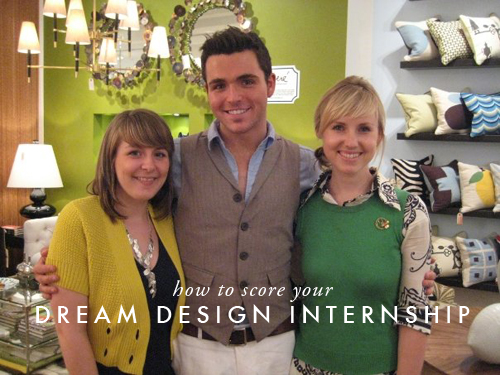
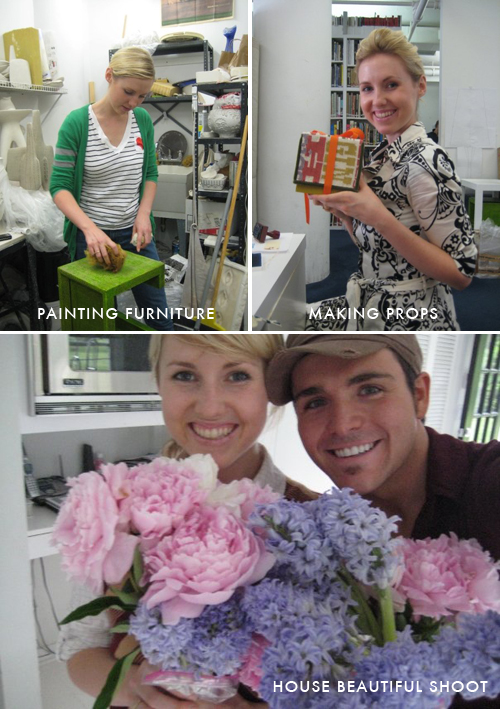

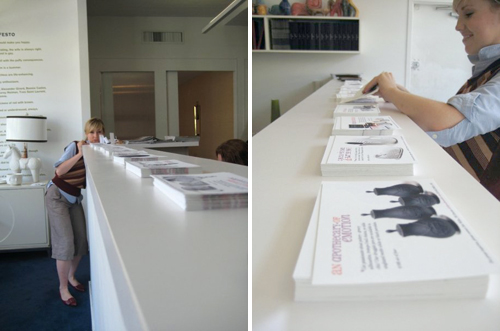
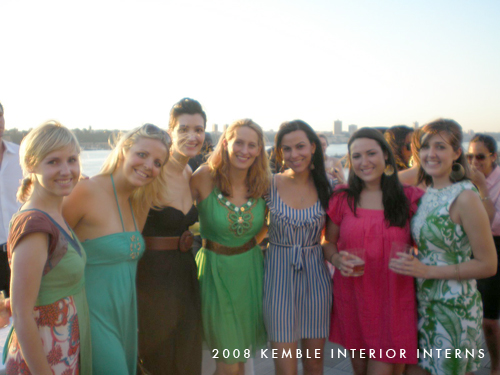
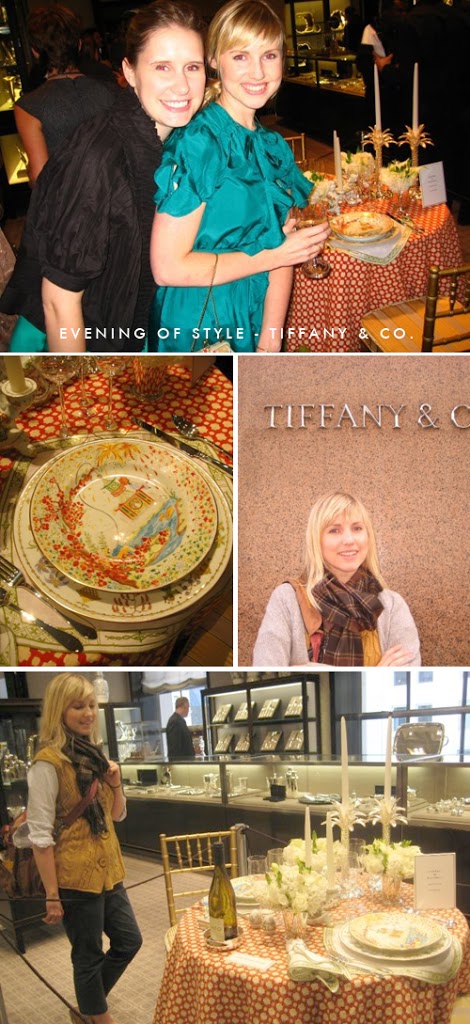
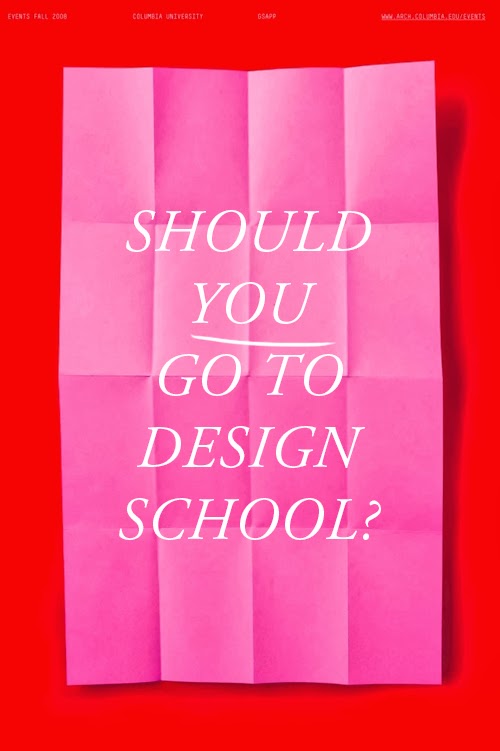
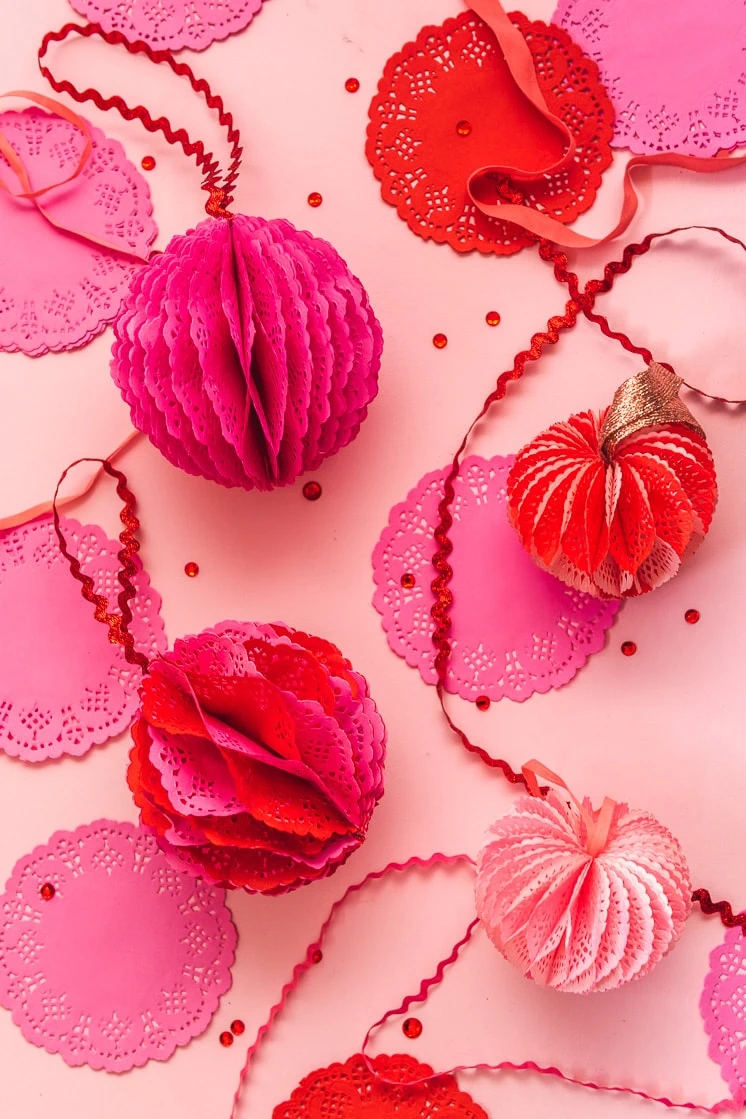
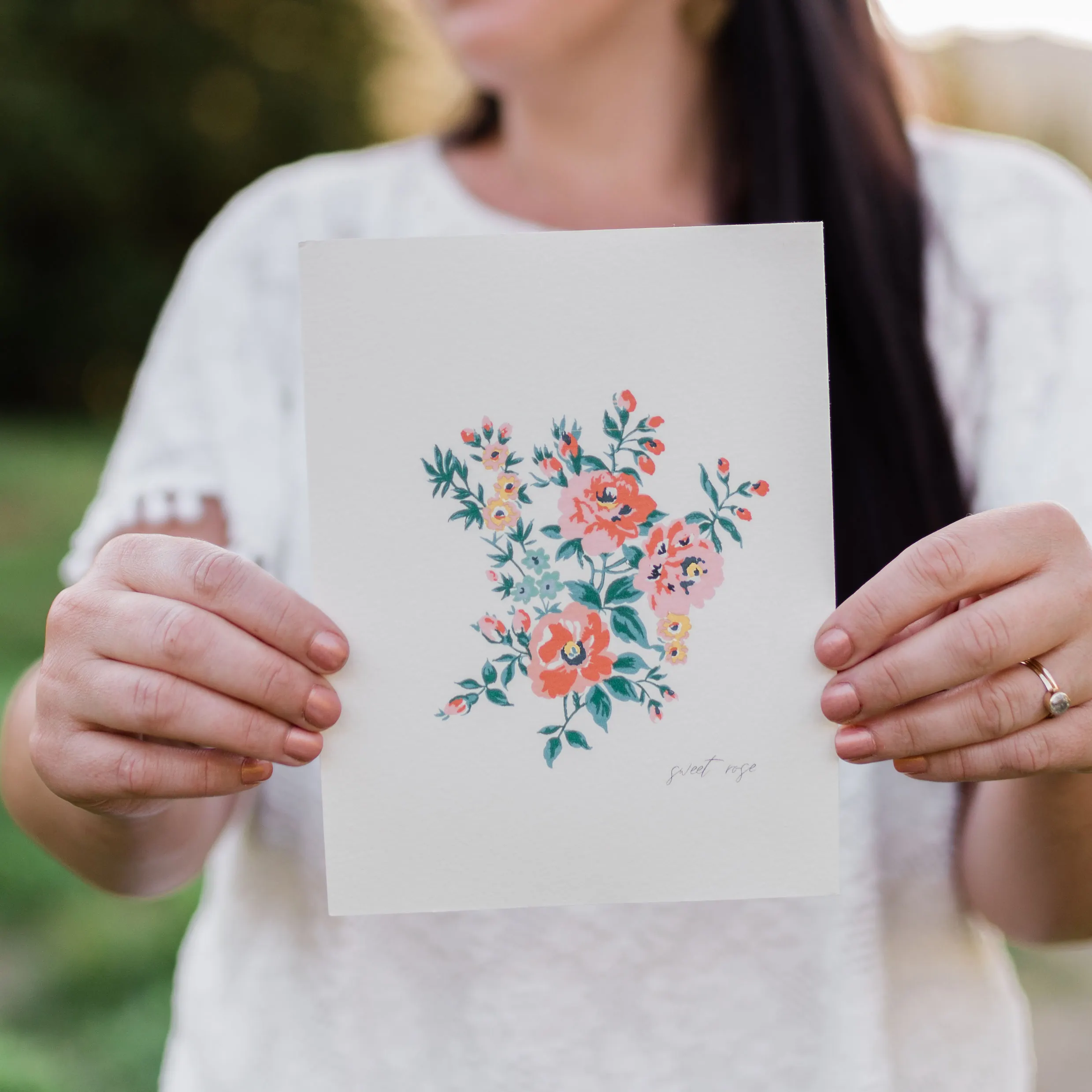
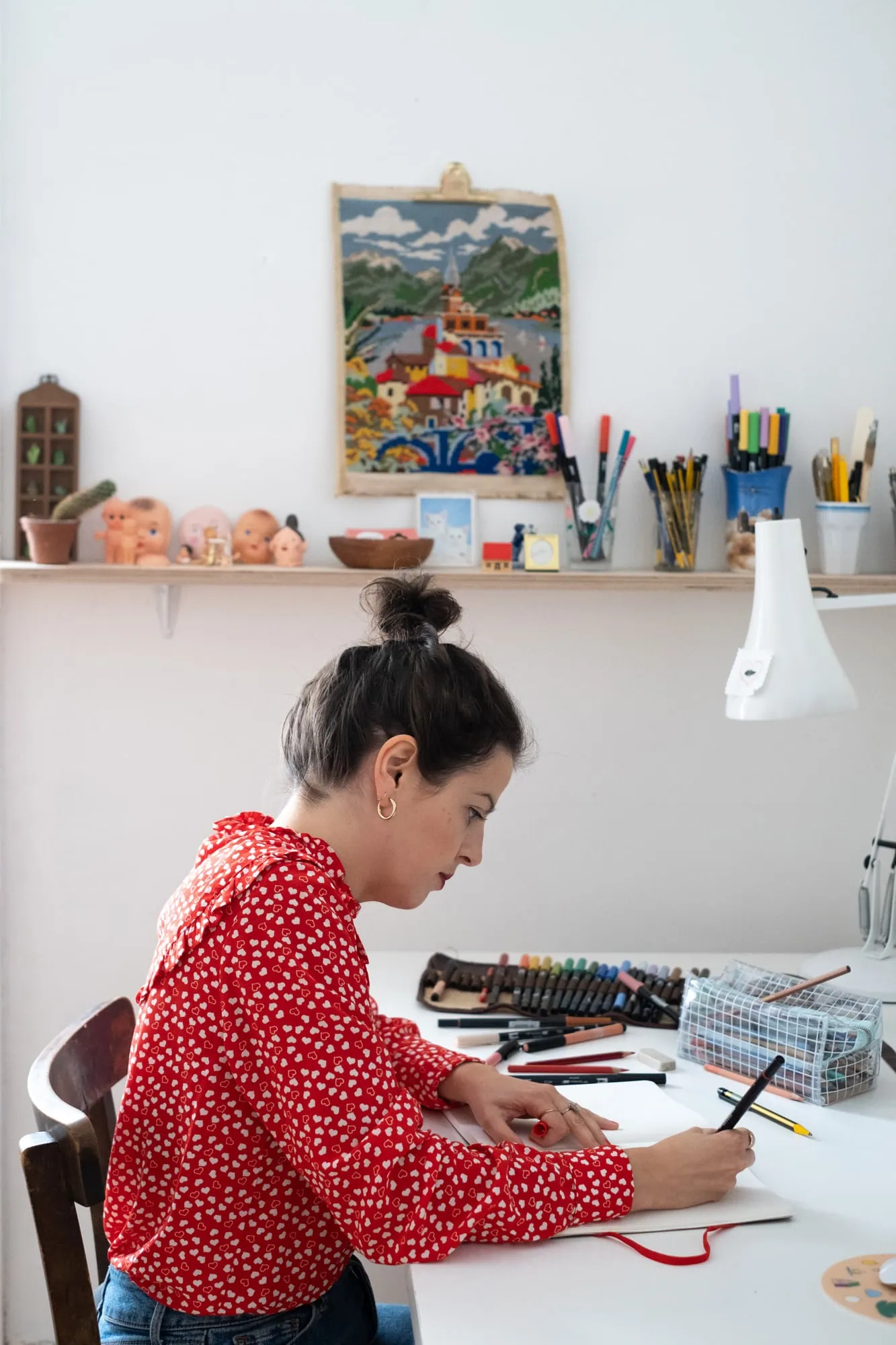
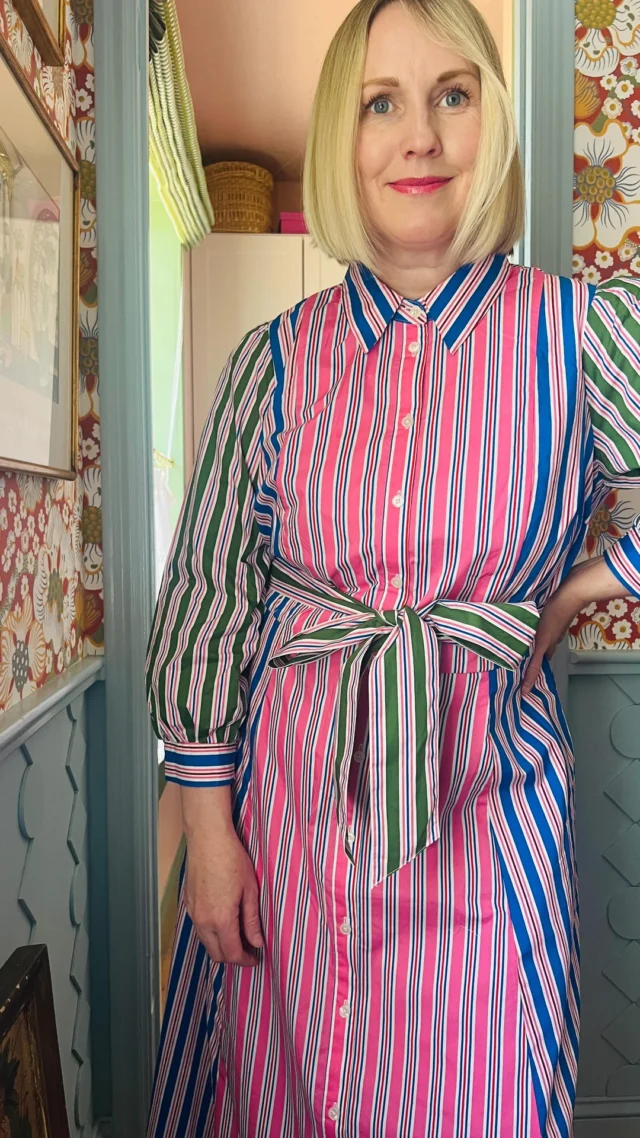
8 Comments